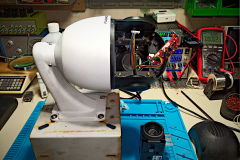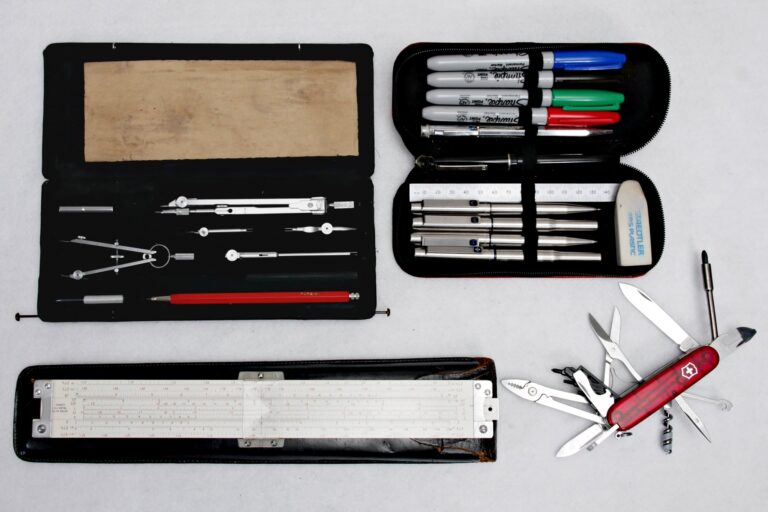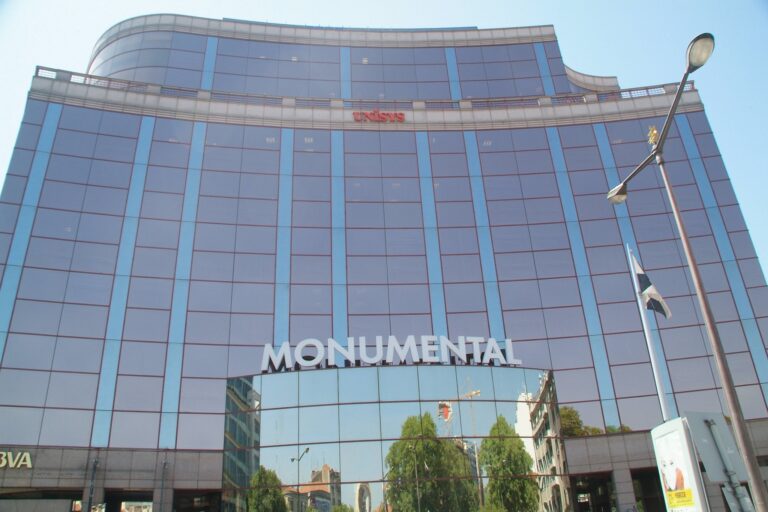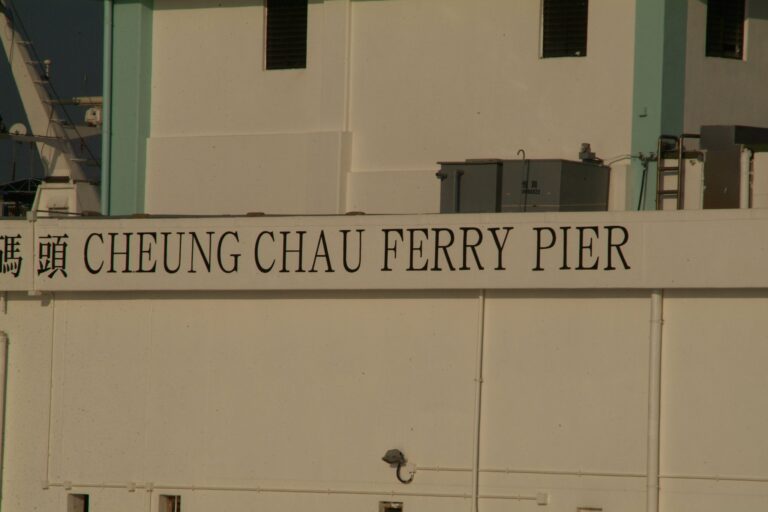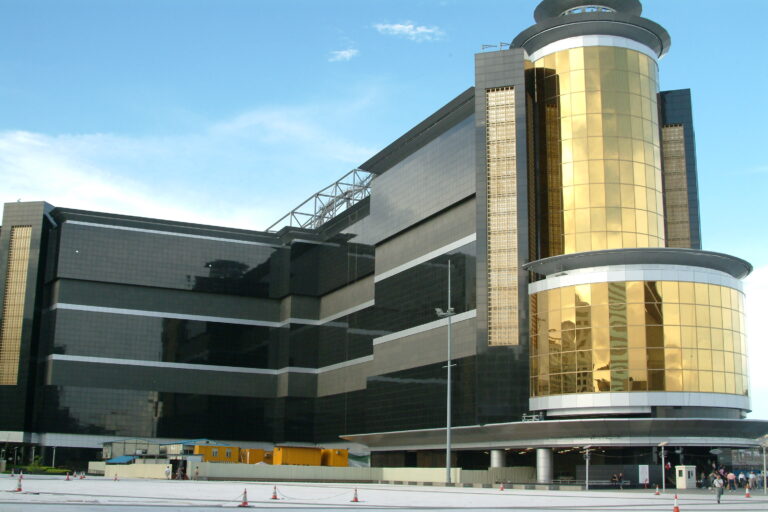Repairing PTZ IP camera
Our Floureon pan tilt and zoom external IP camera has shipped a bit of water. It lives on the south west corner of the building and gets battered by the strong south westerly prevailing winds we have here. So I took it off the wall this morning and dismantled it on my work bench.
General repair procedure for water damaged kit
Main problem is often not the water per se. It’s the muck it carries-in with it. This can stain lenses and sensors and worse, bridge the copper tracks on printed circuit boards. My approach is generally some variant of the following…
- Gather as much documentation as possible. I have a Debian laptop, c/w Okular and access to our entire media library in my workshop, specifically for that purpose.
- Photograph the disassembly, especially the wires. I know from experience that I’m bound to break one off. So it’s quite handy to know where to solder it back on! I always have my ruggedised phone precisely for this – unless its the mobile that’s under repair, of course! 🙂
- Dismantle the kit and inspect carefully under magnifying lamp, especially printed circuit boards, and around multi-pin devices such as integrated circuits, connectors and flexible PCB’s.
- Use hot air soldering iron set to lowest temperature (100°C) to dry out any residual moisture. Held around 15-18cm away, the air temp is around 55°C. It’s is a dead handy bit of kit that has so many uses in the workshop – and they’re not expensive.
- Clean inside of any lens glass, optical sensors and displays with lens cleaner (usually ~33% isopropanol, ~33% white vinegar ~34% filtered distilled water).
- Re-lubricate moving parts. Bit of common sense required here with regard to type and amount, but generally less is best. Favourites include GT85, RS silicone grease or some combination of the two.
- Carefully clean the PCB(s), particularly between the tracks. Even very small deposits of crap can seriously affect electronic circuitry. I use a combination of 99.9% isopropanol in a 100ml spray bottle, c/w a clean Harris “pure bristle” 25mm paint brush.
- Place item under repair either in the airing cupboard (yes, we still have one of those) or on the top of a dehumidifier and allow to dry thoroughly prior to reassembly.
- Test, reassemble, reinstall – taking more snaps if needed.
So repairing the camera was a fairly simple fix
- I dried it out using the hot air blower that’s attached to my soldering station. I set it to minimum heat, 100°C.
- Cleaned the lens internals with aforementioned isopropanol | vinegar | distilled water mix.
- Cleaned all seals and coated them lightly with silicone grease.
- Reassembled and tested it. Then put it back on the wall.
Living on the south coast of England, the prevailing winds are south westerly, sometimes up to 20 metres per second, often accompanied by driving rain. This seems to bypass the seals on almost all “IP67” rated cameras. I mitigated the water ingression to some extent by applying some silicone grease to the seals prior to reassembly. Also found that if I tilt it downward 20°or so during a storm, it seems less prone to shipping water. But about every 2 years I still need to take the bloody thing off the wall, and work my way through the above.


